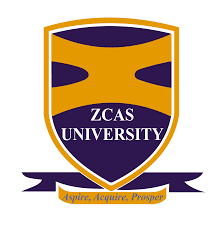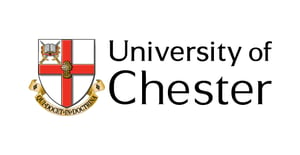CFO Challenge is a management accounting simulation provides students studying finance-related disciplines with the opportunity to test financial and accountancy models and concepts within a realistic practical environment.
The simulation is played across five rounds in which students need to regularly analyse the financial performance of their company and respond to internal and external changes that could impact their company's financial strength.
Students work in teams within the simulation and take on senior roles within the company's finance department. Within this setting, students need to determine their team members’ roles within the finance team. For example, one team member could be the CFO, monitoring the overall financials for each round, and planning out the necessary investments and costs. Other team members could take the roles of CEO, Finance Manager, Management Accountant, or the Operations Manager.
Alternatively, roles can be divided into different market segments, allowing team members to monitor the financials for the market they have responsibility for e.g. the smart watch market, or the luxury watch market etc.
In the end all team members share the responsibility of reaching the targets they have set themselves in the Balanced Scorecard.
In order to be successful in this simulation, calculations need to be made to achieve the best possible outcome for your company. One key calculation is based on sales and inventory: students need to calculate the cost per unit for each supplier they choose for each segment and calculate what the potential financial impact would be.
Each supplier has strengths and weaknesses, some are high quality and dependable but with a high price, while others are low quality but with a low price. By estimating the cost per unit for each supplier they are able to choose the amount they wish to purchase, while also taking into account the demand they need to service. This is just one of the many calculations that can be made within the simulations, with some others being HR-based (salaries, training, no of employees), as well as R&D costs, and marketing. All other costs can be viewed in the results page, with detailed figures.
The CFO Challenge simulation is usually assessed in several ways. Below you will find the most popular options:
| Features | |
|---|---|
| Student levels: | Undergraduate |
| Modules: | Management Accounting, Introduction to Finance, Financial Management, Financial Planning |
| Languages: | |
In an accounting simulation, theoretical models are put into practice. They provide participants with a unique experience in which team-working, analytical thinking and insight, and decision-making skills are trained and tested throughout each round, enabling student-led and experiential learning.
Register for exclusive offers, industry and new product updates, as well as our tips for great e-learning experiences for your students.
.png?length=300&name=unnamed%20(11).png)
.png?length=300&name=unnamed%20(7).png)
.png?length=300&name=unnamed%20(8).png)
.png?length=300&name=unnamed%20(6).png)

.png?length=300&name=unnamed%20(10).png)
.png?length=300&name=unnamed%20(5).png)
.png?length=300&name=unnamed%20(9).png)
.png?length=300&name=unnamed%20(4).png)
.png?length=300&name=unnamed%20(2).png)
.png?length=300&name=unnamed%20(1).png)
.png?length=300&name=unnamed%20(3).png)
.jpg?length=300&name=unnamed%20(2).jpg)





.png?length=300&name=loughborough-university-logo%20(small).png)


 Management simulation
Management simulation Edubook
Edubook
application recieved
We have received your question and we will return to you within 24 hours on workdays.